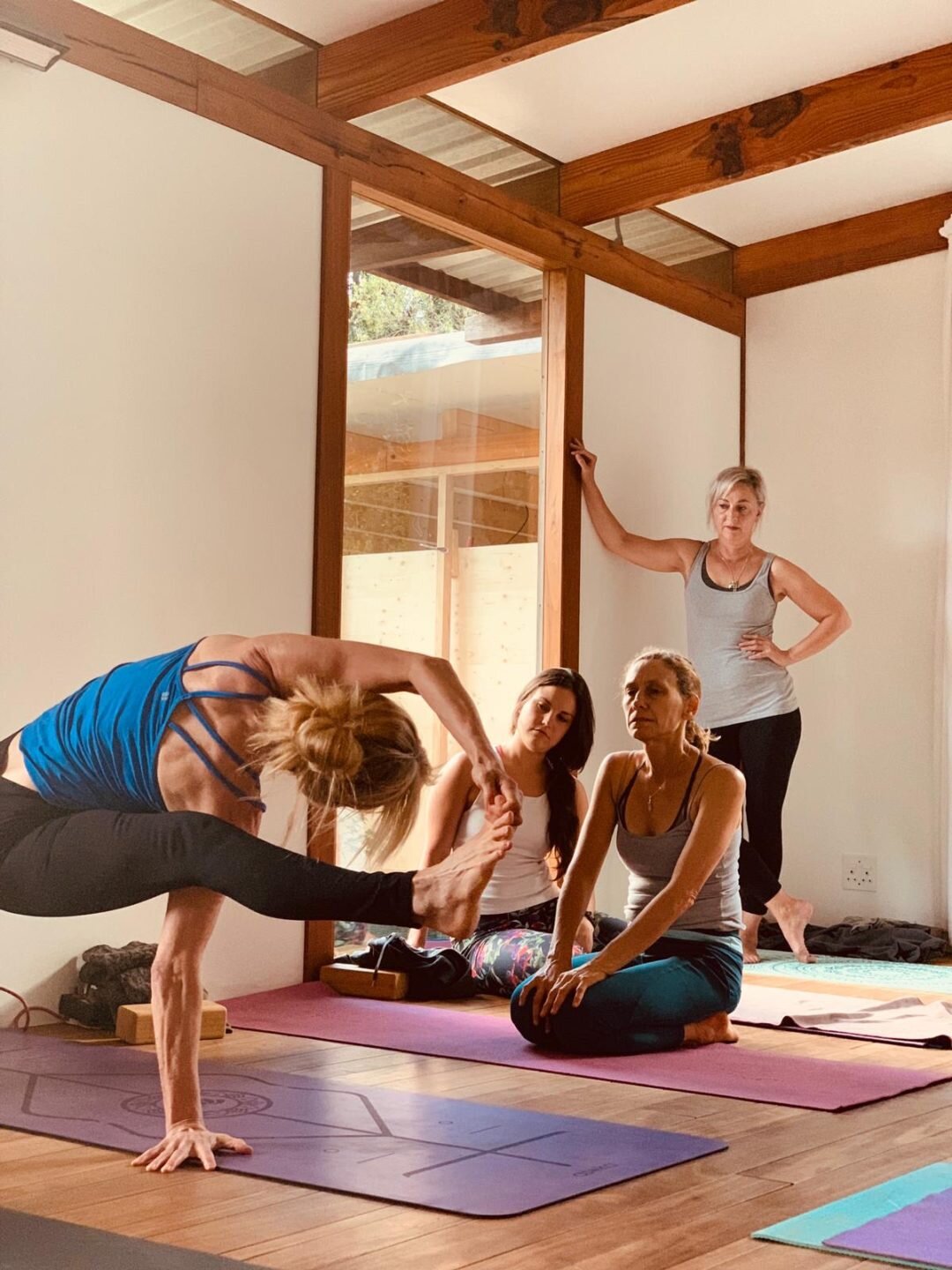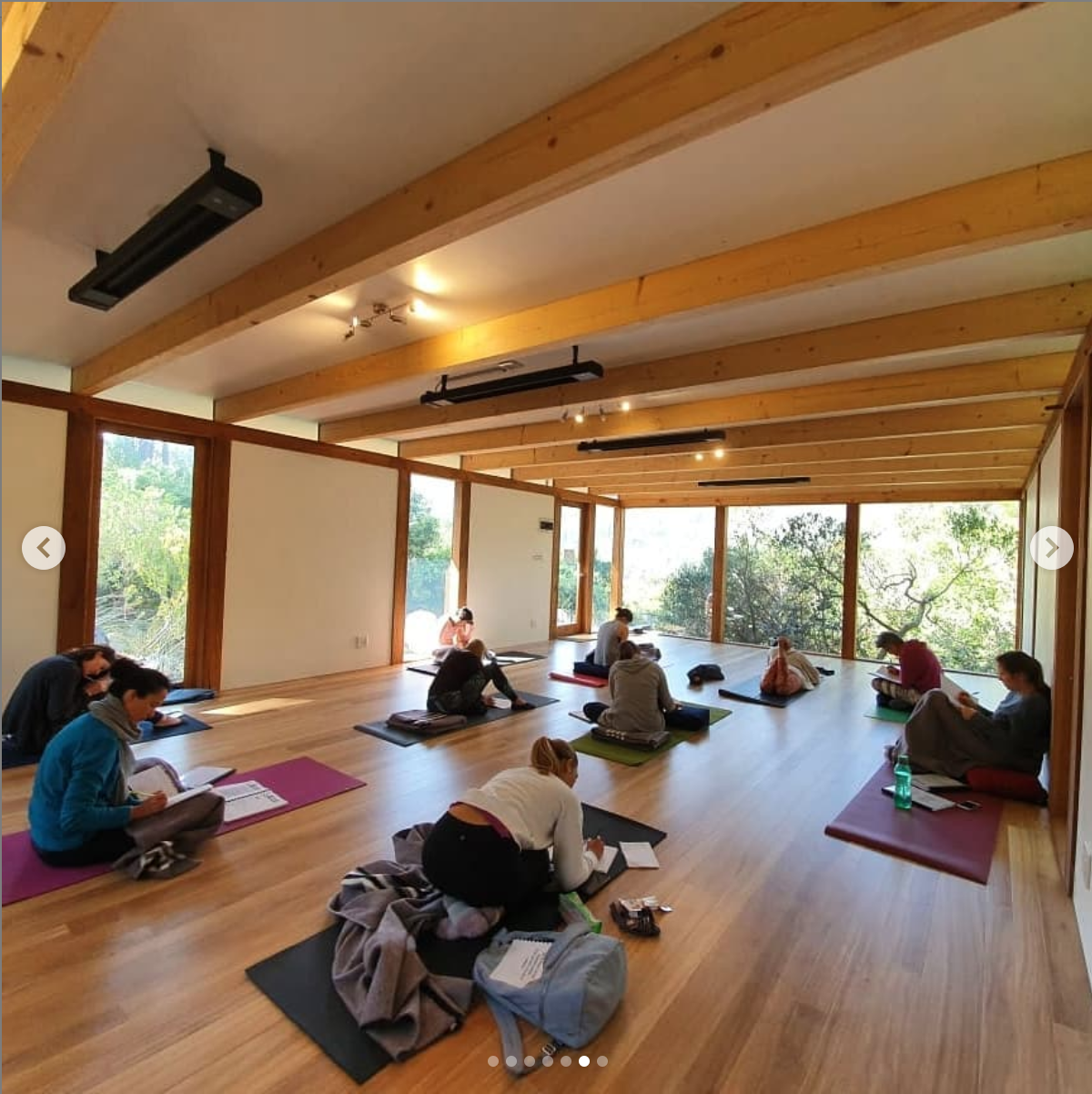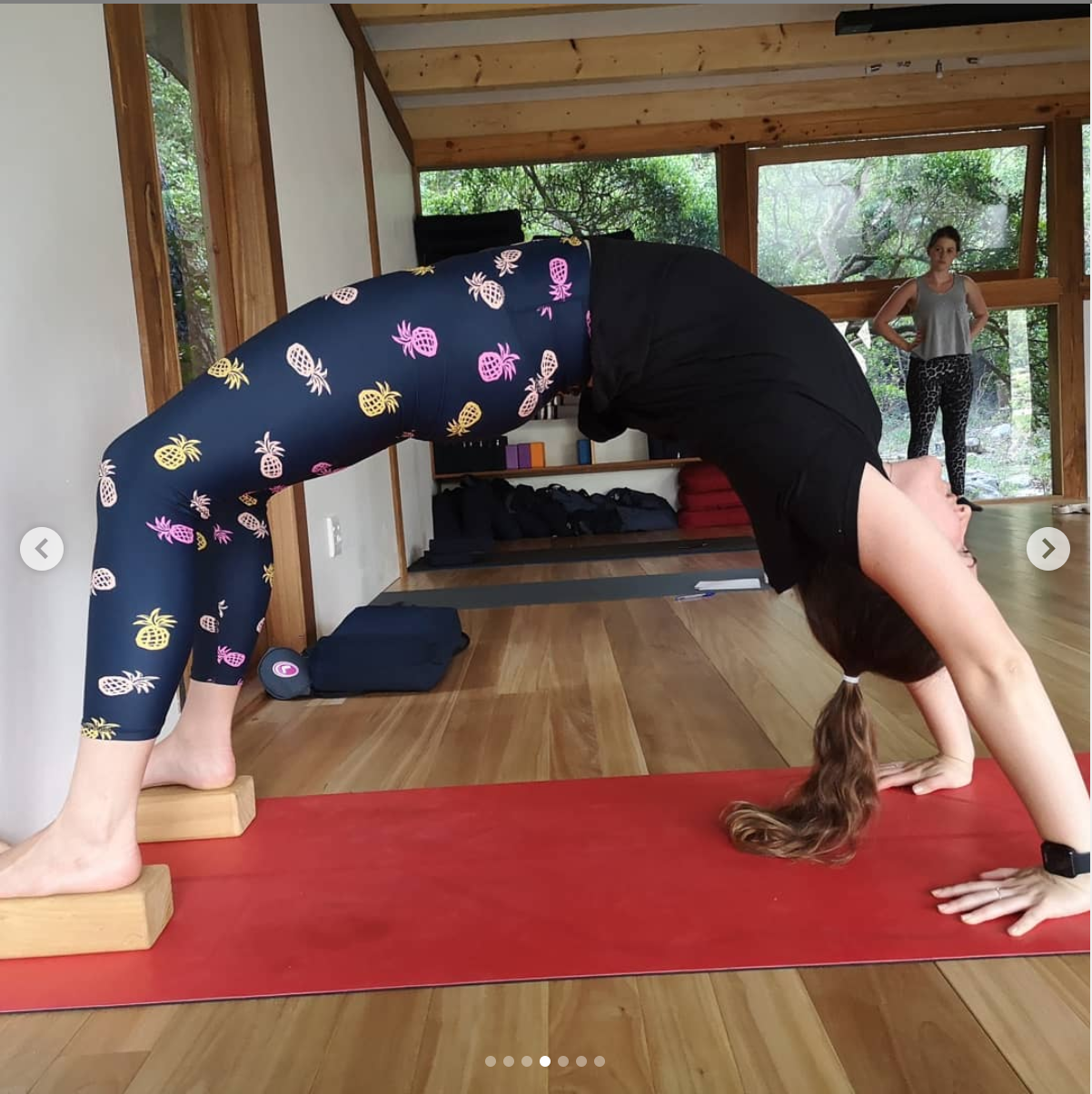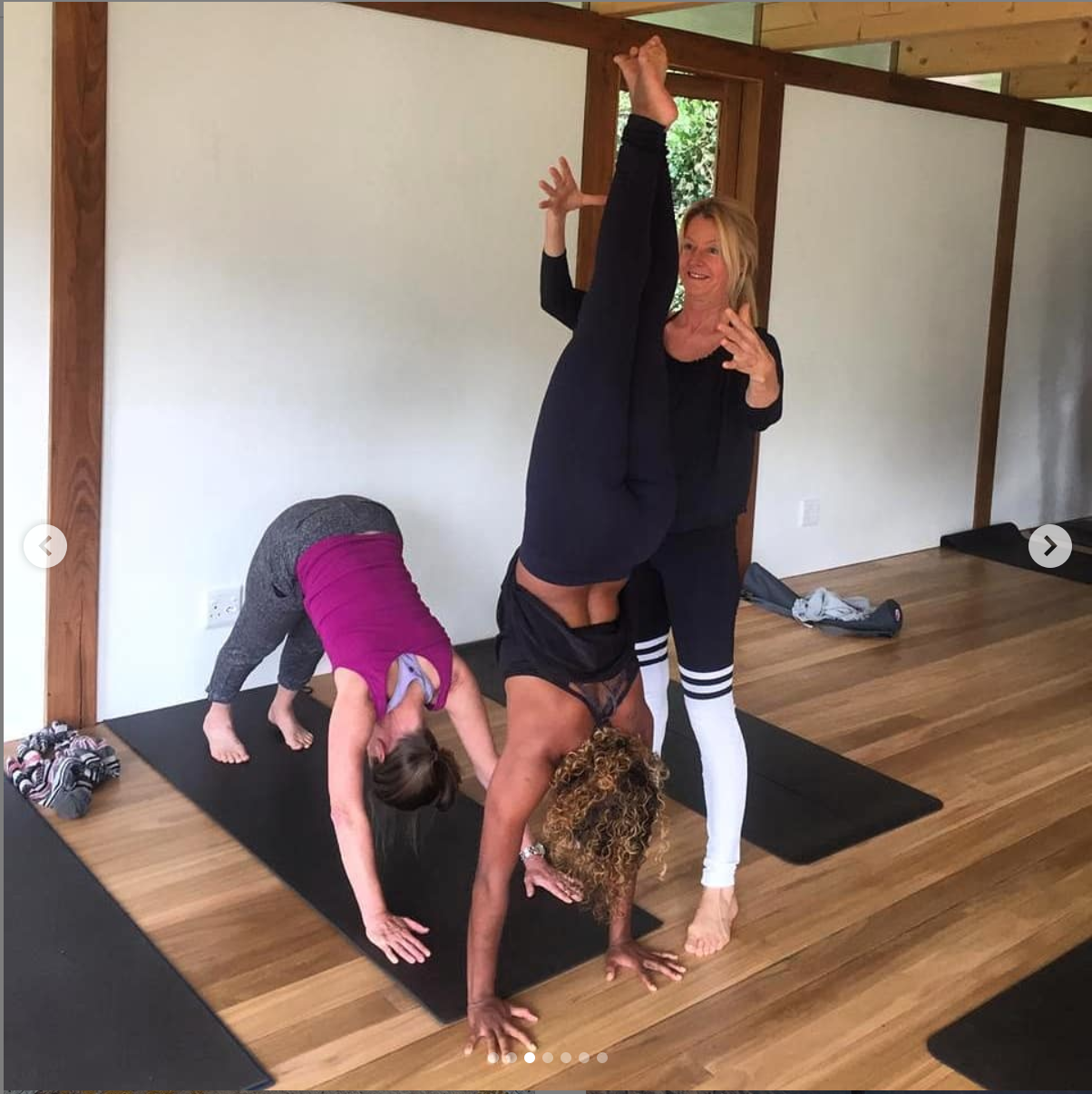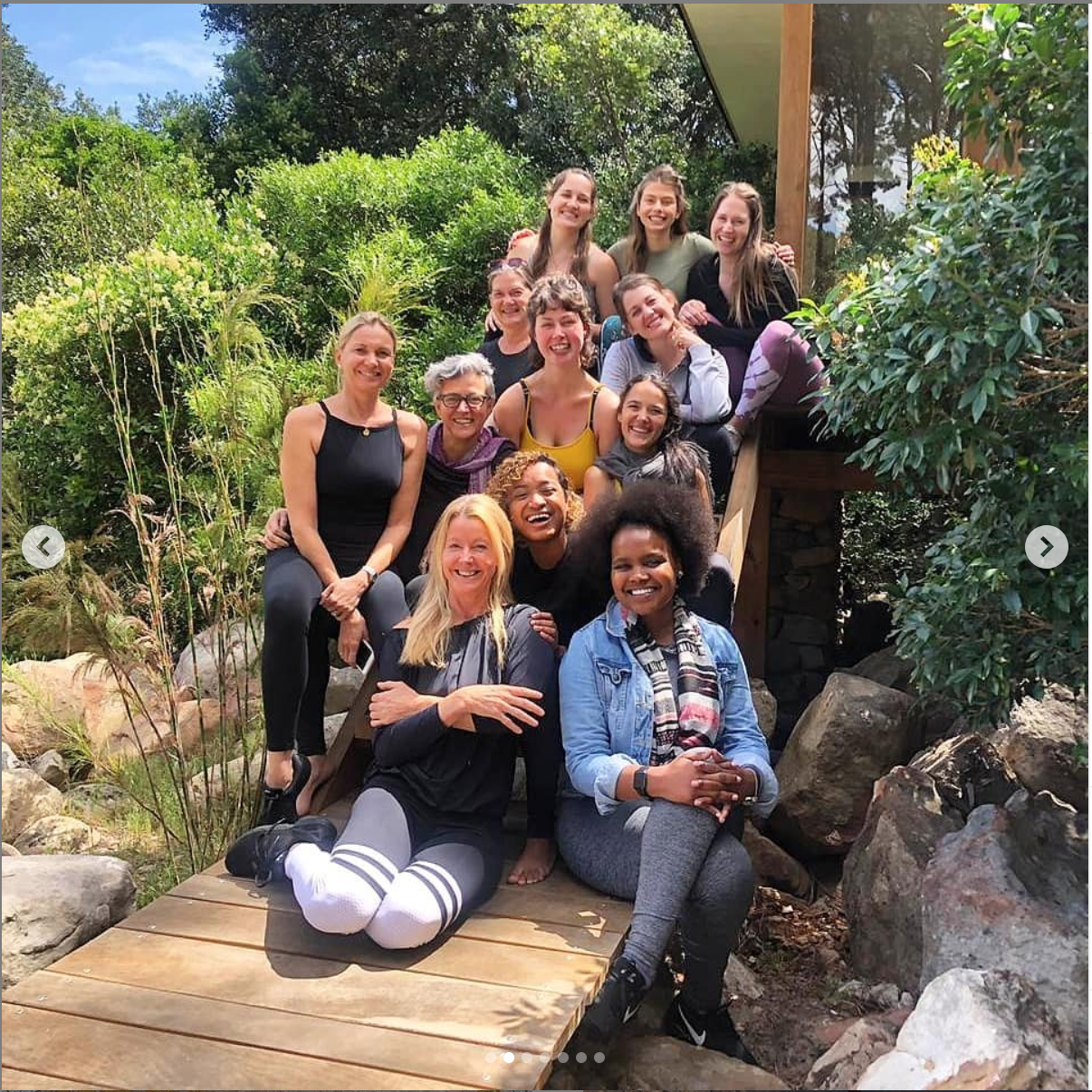5 Things I learned from my Advanced Yoga Training
Written by Tarryn James
20 November 2019
In August this year, I made the commitment to complete my 500 hour Advanced Yoga Teacher Training at the Wellness Connection in Hout Bay, Cape Town. After meeting Catherine Wilkinson, studio owner and lead teacher trainee, for the first time, I knew this training was going to be a true adventure! What I didn’t know, was how much of an adventure it would be! Filled with plenty of “ah-ha” moments, this training really encouraged me to think outside the box. Since completing my 200 hour training in 2016, I was eager to jump straight back into student mode.
Re-reading the title of this post, I should clarify - I learned WAY more than 5 things. However, it was these five tips that really stood out that I knew would stick with me for a very long time.
Follow me on this journey as I share a few tips that may resonate with you:
Question Everything
Straight off the bat, we began questioning a lot about what we say and do as yoga teachers. As a training that has a large focus on anatomy and peak pose sequencing, we were given the opportunity to explore intelligent sequencing while considering what is structurally happening in the body. I began to look quite seriously into the language that I myself use (and have heard), and how we choose to explain certain postures to our students.
Let me give you an example, when instructing students into bridge pose, you might hear the phrase “relax your glutes”, which is a cue you may have heard before. I know I have. In fact, I’ve probably used it without really thinking about what that truly means? The primary function of the gluteus maximus (your largest buttocks muscle) is to extend the hips (i.e. lift them up). So thinking back to bridge pose, if we are expecting our students to lift their hips higher, we are asking them to engage their glutes. So does that cue make sense?
Enough about glutes. We can apply this to many postures such as “squaring the hips in Warrior 1” or even “drawing shoulders down in Extended Mountain pose”. But I’ll leave all of that for another time. In fact, if you’re curious - maybe this training will answer your questions ;)
Surround yourself with people (and Teachers) you admire:
As yoga teachers, it’s so important that we jump straight back into a position where we can be students. Not only to grow in our own practice, but to be re-inspired. I am someone who tends to get stuck in my own habits; I practice at the same studio, same teachers, the same videos on AloMoves - even the same postures in my self practice. When you’re able to step back and hand over the teaching job to someone else, it’s incredible how much you can grow and transform.
The Wellness Connection teaching team is filled with incredible teachers who have ventured all over the world to continue their training in various scopes of yoga; be it biomechanics, scoliosis or even restorative yoga! What inspired me was the passion that these teachers were able to transmit into the students. Needless to say, we all left with a sense of excitement to be back teaching in our respective classes or studios!
3. Broaden your horizons.
I’ll admit, if you invited me to attend a 2.5 hour Restorative Yoga and meditation class, I probably would have made an excuse about “not having the time”. In all honesty, its in these yoga trainings that we commit our time and energy to exploring different styles of practice that we wouldn’t usually do on a day to day basis. Whether you’re in a training that allows you to explore props, aerial silks or even another style like yin yoga - these moments help you discover new practices you may have avoided before. Or simply haven’t been exposed to (chair yoga, anyone?)
In my training we were exposed to elements of Yoga for Back Care, Yin Yoga, Science of Pranayama and Meditation, even a bit about Aerial Yoga. Exploring these modalities assisted me in stepping out of my comfort zone and encouraging me to incorporate these elements into my home practice. Watch this space.
4. Get Stronger!
Ok - this is dependant on what your intentions are for your yoga practice. For me personally, a big intention was to advance in my practice. Soon into the start of our training, I learned that this meant I needed to get stronger. Not necessarily 100 bicep curls at the gym - but rather functional strength training that would ripple into my yoga practice. Although I enjoy various exercises such as swimming, cycling and even the odd group class at the gym, this training got me thinking about the type of strength I needed for yoga. Not to get too sciency on you, Ill leave that for those who want to do the training - but progressively loading specific muscles to build strength (and flexibility).
Not long into the training, we were all holding planks for longer, feeling more confident in arm balances and even working on our inversions! Catherine has even started uploading fun and creative strength and flexibility exercises onto her Instagram page which you can sneakily incorporate into your yoga practice. Give it a try and watch how your practice shifts!
5. The more you think you know, the less you know.
One things for sure, although I have learned a magnitude of new information - I almost feel that I know less. Which in a way, is a completely humbling and exciting realisation. The practice of yoga, and I guess anything in life, reminds me that we will never truly no it all. But we might as well give it our best shot. Not only is new research being released DAILY, but research is always changing, yoga included. It’s vital for us as yoga teachers to continue to stay up to date with the new information that is so easily available to us through online resources, podcasts and even our own local trainings.
If there is one tip I can give to new and experienced teachers:
Keep learning. Keep Reading. Keep Questioning.
I made a note of these 5 things, and made a promise to check in with myself in 6 months time. To reflect on whether I am actually implementing what I have learned, and to discover new ways in which I can improve as a yoga teacher.
Have any questions about a yoga teacher training? Send us a message in the comments below!



